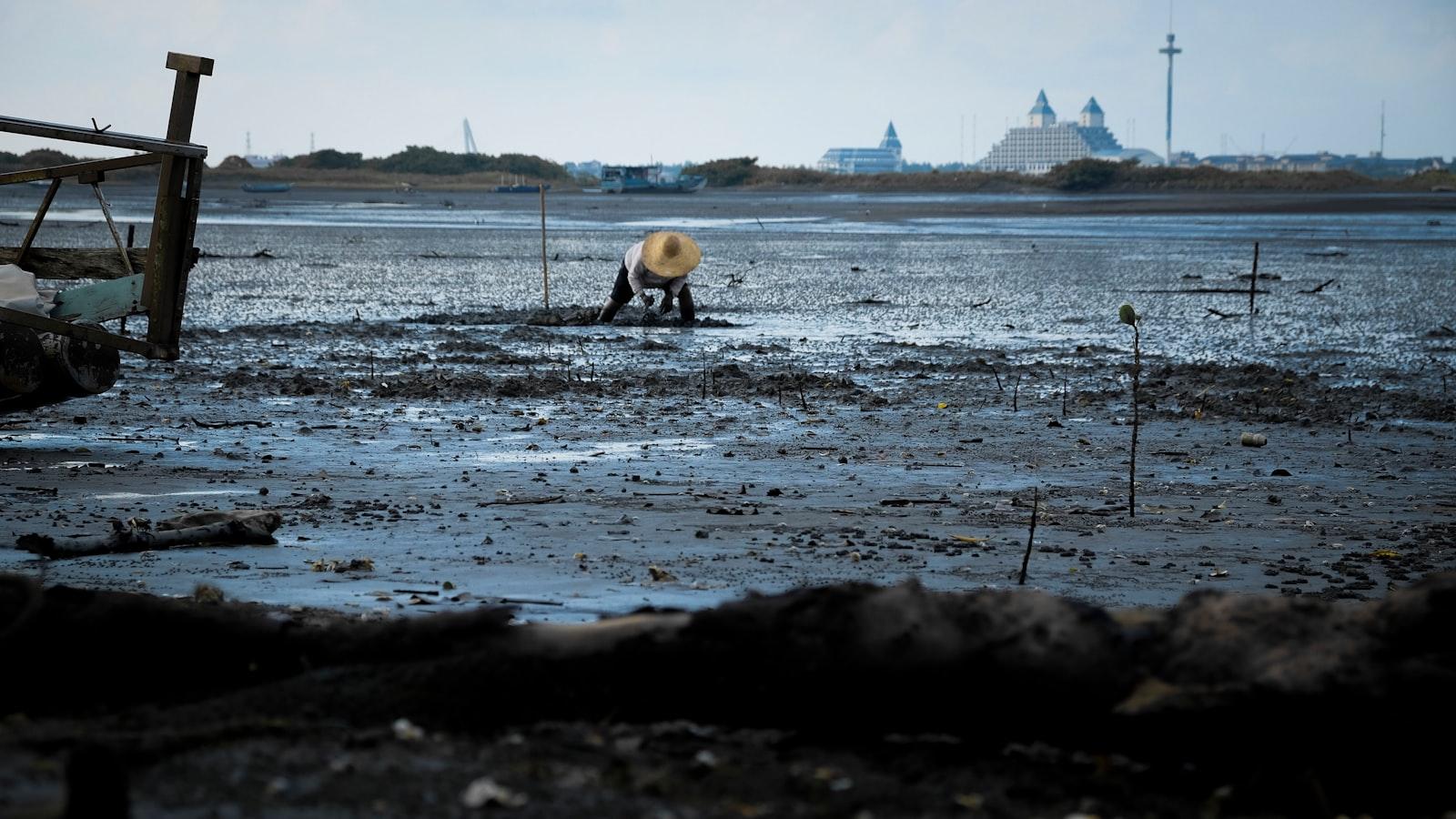In a universe where chaos and order dance an intricate tango, emerges a theory that intertwines the delicate petals of a daisy with the grand tapestry of our planet Earth. Enter Gaia Theory: Daisy World. This captivating concept delves into the harmonious relationship between living organisms and their environment, painting a picture of interconnectedness that transcends time and space. Join us on a journey through the realms of ecological balance and evolutionary wonder as we unravel the mysteries of Gaia Theory: Daisy World.
Table of Contents
- Understanding the Gaia Theory and its Origins
- Exploring the Concept of Daisy World Simulation
- Implications of Gaia Theory on Climate Science
- Practical Applications and Recommendations for Daisy World Model
- Q&A
- To Conclude
Understanding the Gaia Theory and its Origins
The Gaia Theory, a concept proposed by James Lovelock in the 1970s, suggests that the Earth is a self-regulating system where living organisms interact with their inorganic surroundings to form a complex, interconnected entity. This theory views the planet as a single, self-regulating organism where all living and non-living components work together to maintain the optimal conditions for life.
Daisy World, a hypothetical model used to explain the Gaia Theory, showcases how simple life forms like daisies can impact the planet’s climate. In this model, white and black daisies on a planet with varying temperatures demonstrate how these flowers regulate the surface temperature by absorbing or reflecting sunlight. **The Daisy World model illustrates the delicate balance within ecosystems and how small organisms can have significant effects on environmental conditions.**

Exploring the Concept of Daisy World Simulation
In this fascinating exploration of the Daisy World Simulation, we delve into the intricate interplay between life forms and their environment. Imagine a world where the balance between black and white daisies influences the entire planetary climate. Through this thought-provoking simulation, we witness how the Gaia Theory comes to life, showcasing the delicate harmony between organisms and their surroundings.
<p>Through the lens of Daisy World, we witness the power of feedback mechanisms and the surprising resilience of a planet regulated by a self-regulating system. The stark contrast between the warming white daisies and cooling black daisies highlights nature's ability to find equilibrium. This simulation serves as a mesmerizing example of nature's innate wisdom and the interconnectedness of all living beings.</p>
Implications of Gaia Theory on Climate Science
The Gaia theory, also known as Daisy World, proposes a fascinating concept where the Earth functions as a self-regulating system. This theory suggests that biological processes on our planet work in harmony to maintain a stable and optimal environment for life to thrive. Imagine a world where the Earth’s ecosystems, climate, and organisms interact dynamically to create a balanced and sustainable living system.
One of the key implications of the Gaia theory on climate science is the idea that life on Earth has a profound impact on its environment. Organisms, including plants, animals, and microorganisms, play a crucial role in regulating temperature, atmospheric composition, and other factors that influence climate. This interconnected web of life illustrates the intricate relationship between living organisms and the Earth’s climatic conditions, highlighting the importance of biodiversity and ecological health in maintaining a stable climate for future generations.

Practical Applications and Recommendations for Daisy World Model
Exploring the fascinating realm of Gaia theory through the lens of Daisy World opens up a world of possibilities for practical applications and insightful recommendations. One key recommendation is to **utilize the Daisy World model** as a tool for illustrating complex ecological concepts in a simple and engaging manner. By showcasing how interconnected species influence the environment, educators and researchers can better convey the importance of biodiversity and ecosystem balance.
Moreover, **implementing the principles of Daisy World** in real-world scenarios can provide valuable insights into sustainable practices for managing landscapes and ecosystems. From urban planning to agricultural strategies, drawing inspiration from the Daisy World model can lead to innovative solutions that promote harmony between human activities and natural systems, fostering a more balanced and resilient environment for future generations to thrive.
Q&A
Q: What is Gaia Theory Daisy World?
A: Gaia Theory Daisy World is a fascinating concept that explores the interconnection between living organisms and Earth’s environment. It proposes that the planet and its inhabitants work together to maintain a stable and balanced climate, much like a delicate ecosystem within a garden.
Q: How does Daisy World relate to Gaia Theory?
A: Daisy World, a hypothetical world covered with black and white daisies, serves as a model in Gaia Theory to illustrate how life on Earth can regulate its own environment. The daisies in this model adjust their populations based on temperature, demonstrating the concept of self-regulation within an ecosystem.
Q: What can we learn from Gaia Theory Daisy World?
A: Gaia Theory Daisy World teaches us the importance of biodiversity and the intricate relationship between living organisms and their environment. By studying this model, we gain insights into how the Earth’s systems interact and adapt to ensure the planet’s long-term sustainability.
Q: How does Gaia Theory Daisy World contribute to our understanding of climate change?
A: Gaia Theory Daisy World sheds light on the potential of ecosystems to influence and stabilize climate conditions. By recognizing the Earth as a dynamic and self-regulating system, we can better appreciate the role of biodiversity in mitigating the impacts of climate change and preserving the planet for future generations.
Q: What implications does Gaia Theory Daisy World have for environmental conservation efforts?
A: Gaia Theory Daisy World underscores the significance of protecting biodiversity and maintaining ecological balance. By embracing this interconnected view of life on Earth, we can develop more holistic approaches to environmental conservation that prioritize the well-being of both ecosystems and humanity.
To Conclude
As we conclude our exploration of the fascinating Gaia theory through the lens of Daisyworld, we are reminded of the intricate interconnectedness of our planet’s systems. The concept of a self-regulating biosphere, where organisms and the environment coexist in a delicate balance, offers a thought-provoking perspective on the fragility and resilience of Earth. Whether one fully embraces the Gaia theory or approaches it with skepticism, the discussion it sparks opens doors to deeper contemplation of our planet’s remarkable complexity. Let us continue to marvel at the wonders of nature and seek to understand the profound symphony that is Gaia.



0 Comments